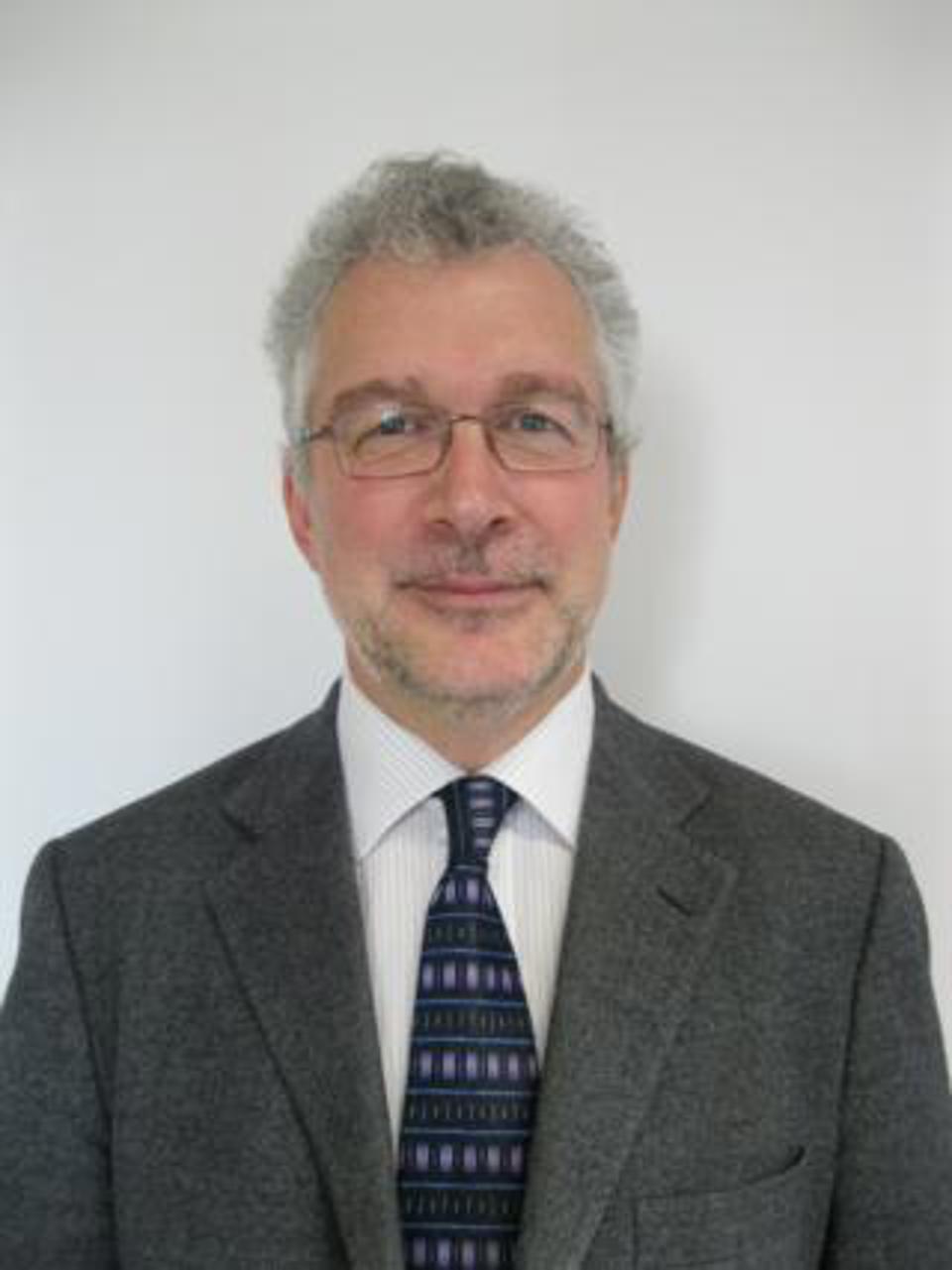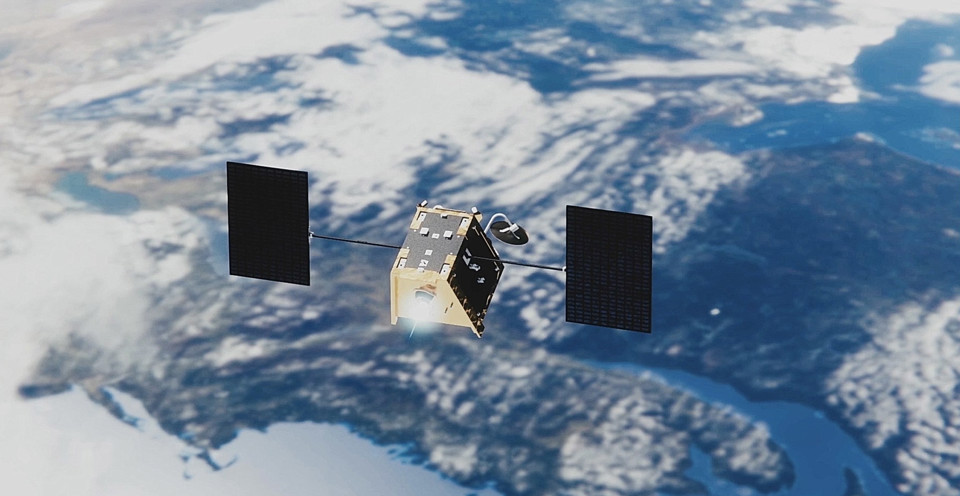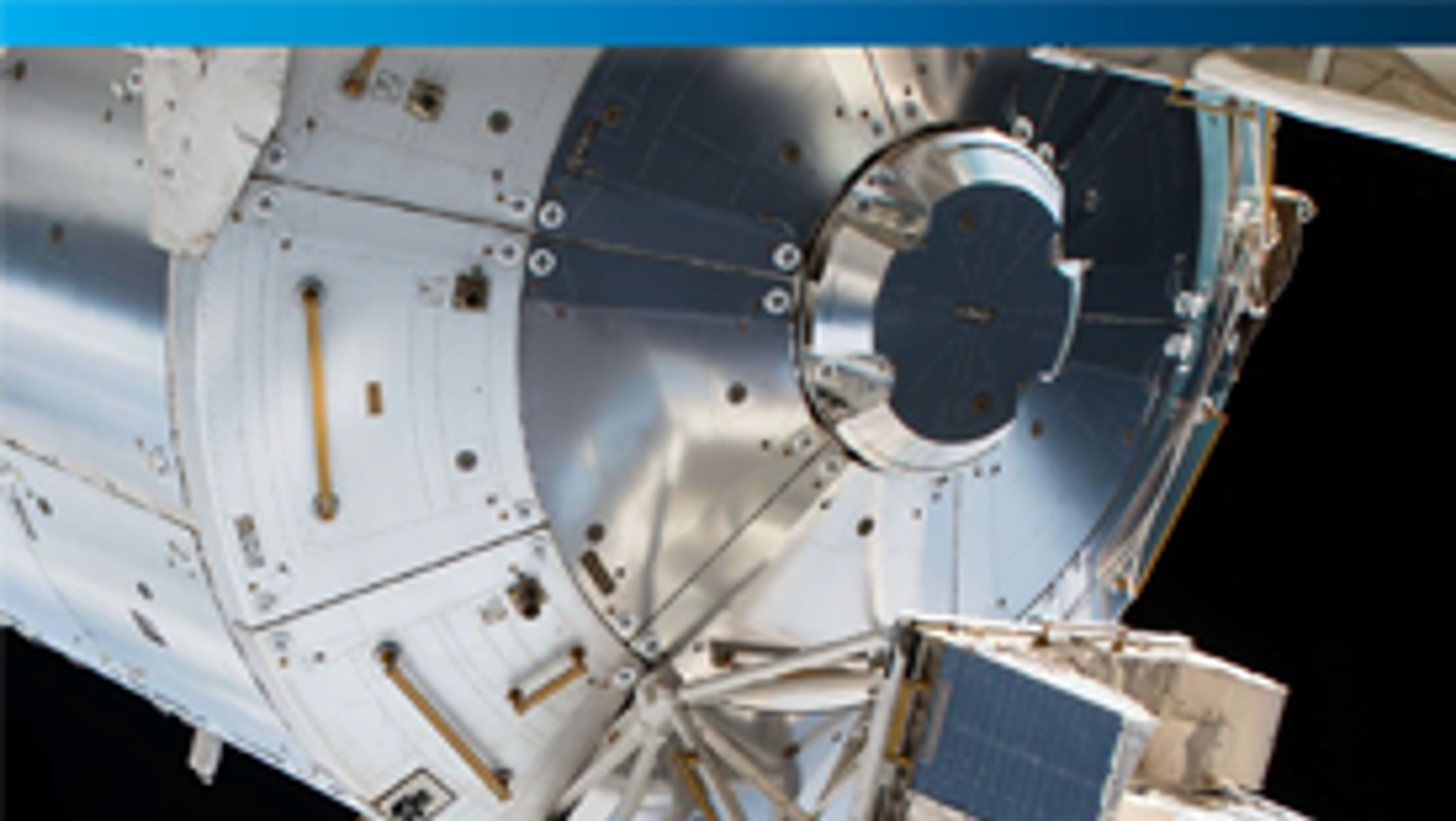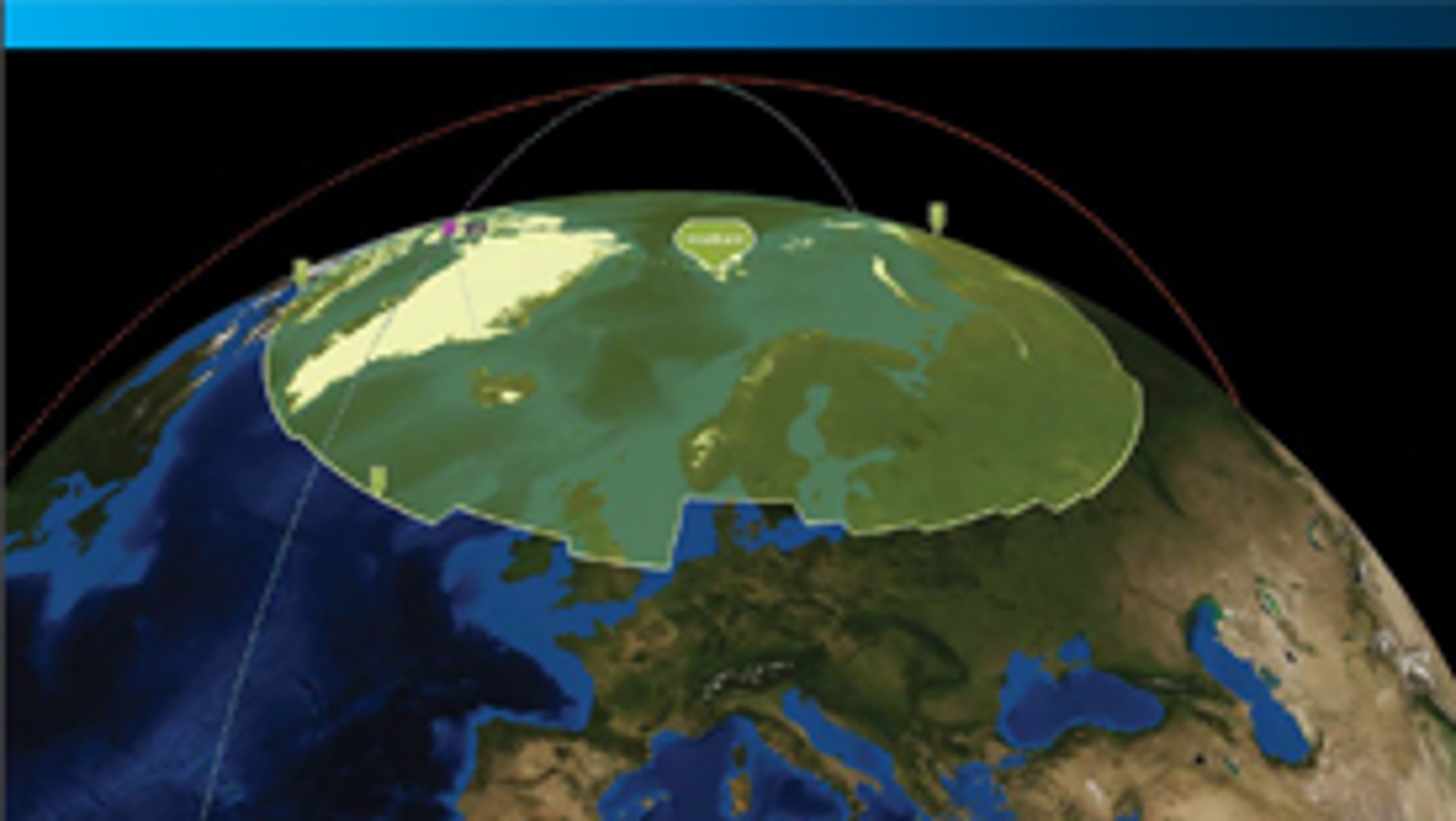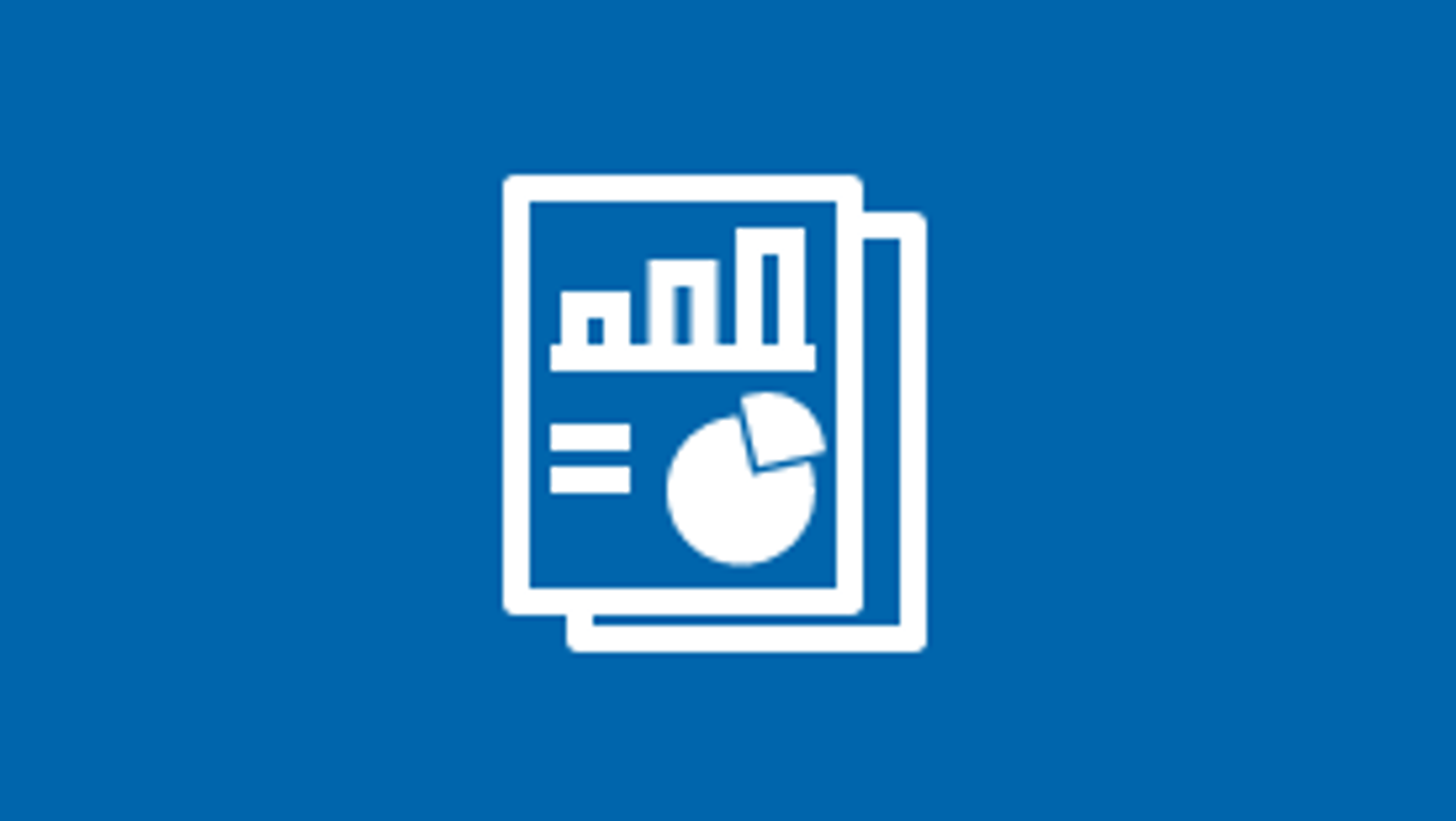Our Checkout Systems
Checkout systems are used at all levels of testing of space systems. Full automation of test operations is supported. In some cases, the CCS is also used as the spacecraft control system for the operational part of the mission – the core functions are the same.
At Terma, we have been providing these systems for more than 45 years, and our latest offering takes benefit of this heritage to provide a highly usable, flexible, and performant system.
Today, our leading product is available in two versions:
- A multi-user system – CCS5
- A single user system for instrument and payload testing -TSC
This choice allows a user to be able to “right-size” the product for their mission – both in terms of functions and price – be it a nanosatellite or a complex scientific/earth observation mission.
The product is currently deployed for many types of missions (Science, Telecoms, Earth Observation, Navigation), not just for single satellites, but also to today’s mega-constellations.
Today, the majority of systems delivered are based on the TSC/CCS5 products. We also supply and support many SCOS-2000 based systems. We are also one of the key participants in the development of the next-generation ground system to be used by ESA – EGS-CC (European Ground System Common Core)
We have supplied checkout systems for many spacecraft, payloads, and instruments covering:
- Scientific spacecraft such as Mars ERO, LICIACube, ArgoMoon, PLATO, HERA, JUICE, EUCLID, ExoMars, Solar Orbiter, BepiColombo, Herschel, Planck, Rosetta, Mars Express, Venus Express, Cluster, SOHO, ISO, GIOTTO
- Earth observation spacecraft – CO2M, LSTM, CHIME, TRISHNA, NAOS, CO3D, MicroCARB, OptSat, NGSAR, MetOp-SG, ENMAP, THEOS-1, MeteoSat Third Generation, Sentinel-1, Sentinel-2, Sentinel-5P, EarthCare, Aeolus, CBERS, GOCE, Cryosat, Meteosat Second Generation, ENVISAT, ERS
- Telecommunication spacecraft – OneWeb, Heinrich Hertz, Quantum, Electra, EDRS, SmallGEO
- Navigation – Galileo IOV, Galileo FOC
- Launchers – SpaceRider, IXV
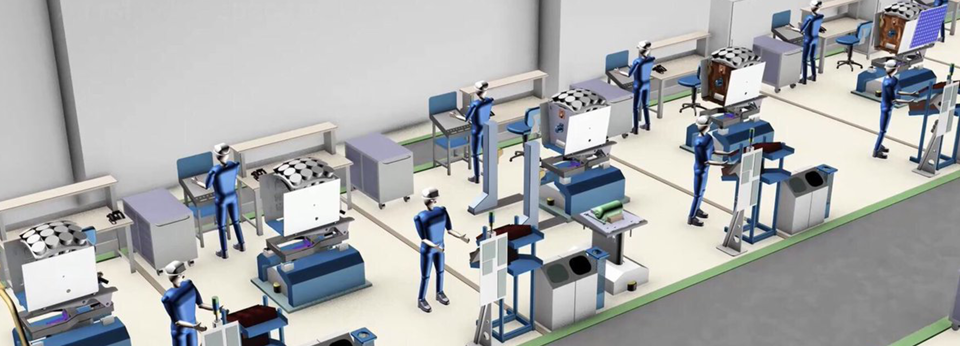
Benefits
Our systems are built by experienced developers who use their knowledge and learn from user experiences to improve the software. Our systems:
- offer all the range of functions needed from a command and control kernel for satellite testing and satellite operations
- are able to run on a simple laptop through to a very large private or commercial cloud virtualized systems capable of testing or operating many satellites in parallel
- are able to be deployed for single satellites as well as larger production lines
- offer very high performance
We can support large spacecraft as well as the rapidly emerging market for nano/micro satellites, whether one-off or needing to be produced in larger numbers (e.g. mega-constellation).
Compatibility has been an important driver for the product development. The systems comply with both de-facto and international standards.
For example, if our software is used at several levels (subsystem testing all the way through to operations), data such as telemetry and telecommand definitions, mimic diagrams, and procedures can be re-used from one level of test to the next, removing the need (and cost) for re-definition and re-validation at each level.
The system is also very open, allowing the user to develop additional features. These include things such as MMIs that allow them to perform their day to day activities more efficiently, thus helping to reduce the overall AIT costs, which tends to be one of the major expenses within a space program.
Standards are an important aspect of the system design – these include international standards, space industry standards, and de-facto standards. The use of space industry and international standards ensures that the system is compatible with many spacecraft systems. Use of de-facto standards also ensures that the systems can have a long lifetime without the risk of high maintenance costs.
For space standards, the systems support the ESA/CCSDS Telemetry and Telecommand Packet Standards and the ESA Packet Utilization Standard.
We are also able to fully support the product in the field and have developed high quality user training material and user documentation.
The system has been developed by learning from experiences over the last 45 years. Therefore, the system is well tuned to the user needs and provides a highly intuitive environment so that learning the system is not an arduous task.
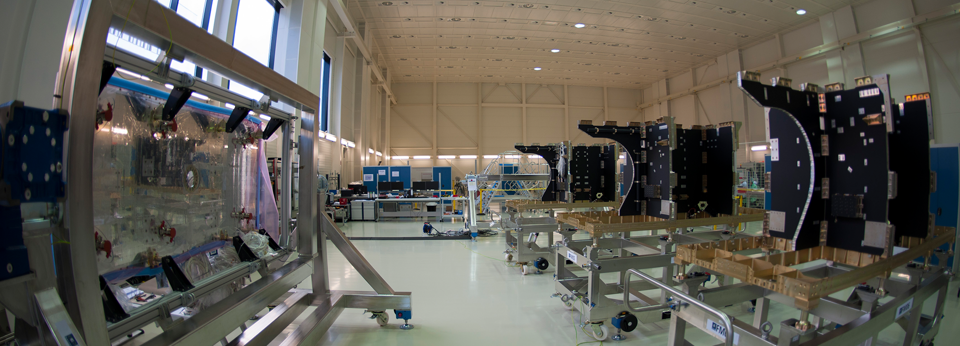
FunCtionality
The central checkout system is built from a suite of software tools and can run on a variety of machines without software modifications – allowing any system to be “right-sized” for a specific case.
The purpose of the CCS software is to support a satellite manufacturer in testing a complete satellite in a repeatable way, with recorded evidence of verification of all satellite functions.
At a basic level, the CCS software performs these functions:
- Acquires, extracts, calibrates, limits check telemetry
- Generates, transmits, and tracks telecommands
- Commands and controls other test equipment (SCOE, FEEs, Instrument EGSE)
- Displays current telemetry status and history of events and telecommands
- Automates testing and supports development of automated test programs
- Archives all acquired and generated data and logs for retrieval and analysis.
The CCS is a flexible system designed to be used for any satellite program. The user creates the test data for his specific spacecraft during the AIT campaign:
- A Telemetry/Telecommand database is prepared that characterizes the TM and TC contents
- Test procedures are developed and used to verify the item being tested
- Displays are defined (e.g. alphanumeric, synoptic pictures, graphs)
This material can then be used during satellite operations.
Communication with other elements of the EGSE (SCOEs, FEEs) is done by communication protocols with TCP/IP as the underling layer.
Contact us
If you have any questions about our Central Checkout Systems, please send us a message.
Need more details?
Then download our solution materials
Want to learn more?
If you have any questions about Central Checkout Systems, please get in touch with our expert.
